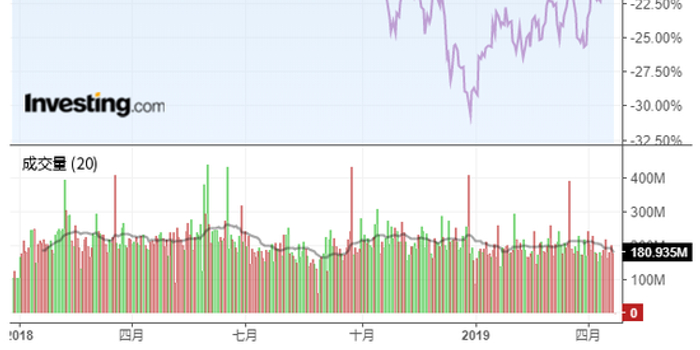
"Timing isn’t just everything—it’s the difference between profit and regret."
If you’ve spent any time staring at charts, you already know the RSI (Relative Strength Index) is like that friend who tells you when you’ve had too much—too much buying, too much selling, too much hype. But here’s the thing: RSI doesn’t speak the same language in every time frame. The signals you get on a 5-minute chart are practically gossip compared to what a daily chart can tell you. The question traders keep asking is: What time frame actually works best for RSI? And the answer is… it depends on who you are, what you trade, and how long you’re willing to hold your breath when the markets start moving.
RSI measures momentum by tracking price moves over a set period—most traders stick with the default 14 periods. Above 70? Market’s overheated. Below 30? Market might be oversold. But these thresholds behave differently in various time frames. In scalping Forex, a 70 reading could flip back to 30 in minutes. In long-term stock investing, the same move might take weeks.
For example, prop traders running high-frequency strategies might watch a 1-minute RSI for quick entries in volatile crypto pairs. Those focusing on commodities or indices might rely on the 4-hour or daily RSI for disciplined trend following.
Short time frames—think 1m, 5m, 15m—magnify noise but allow for rapid-fire trades.
Daily or weekly time frames slow things down.
The most seasoned traders don’t stick to one time frame. They combine signals, confirming a potential short-term move with a stronger long-term bias. For example:
This combination is a huge advantage in prop trading desks where speed is key but accuracy is king.
Prop trading today isn’t just about sitting in front of Bloomberg terminals yelling “Buy!”—it’s algorithmic, AI-driven, and often tied to cross-asset monitoring. Choosing the best RSI time frame in a prop trading setting depends on:
The industry is moving towards blending human judgment with machine precision. Smart contracts on decentralized networks could one day automate RSI-based entries, executing trades without middlemen. AI-driven analytics are already predicting optimal RSI windows based on historical volatility patterns.
DeFi changes the game—markets run 24/7, volatility spikes without warning, and liquidity risks can flip a trade in seconds. That means your “best” RSI time frame isn’t static; it adapts. There’s growing interest in hybrid models that combine exchange data from centralized and decentralized sources, feeding into AI systems that narrow down profitable RSI signals in real time.
Future trends point toward autonomous RSI bots tied into smart contracts, executing trades the instant conditions are met. Imagine an AI that doesn’t just read the RSI but learns your trading style and time frame preferences over months. That’s where prop trading is heading—customized, automated, multi-asset execution powered by machine learning.
The “best” RSI time frame isn’t a universal truth. For fast-moving assets like crypto or Forex, short frames can capture the adrenaline. For indices, equities, or commodities, longer frames offer steadier ground. The magic happens when you layer them, letting short-term opportunity ride on long-term conviction.
Slogan: "Trade the moment. Trust the trend. Let RSI be your compass."
If you’re serious about prop trading in a decentralized, AI-enhanced future, your time frame choice will be less about default settings and more about understanding how each window shapes the conversation between price and momentum.
I can also create a short, catchy version of this for social media if you want—something that traders will share in Discord or Twitter threads. Do you want me to make that for you?




